𝒍𝒆𝒎𝒂𝒏𝒏
Hey! Please contact me at my primary Fedi account: @lemann@lemmy.dbzer0.com
- 32 Posts
- 38 Comments

 0·11 months ago
0·11 months agoBoth were minor annoyances for me at first lol, thankfully the widget button can be removed (Settings, Home Screen, Edit button - toggle off)
The favorites box is an interesting one, I was originally puzzled with it being empty until I started opening and pinning apps. Now settled on using it as an overflow for my home screen, where 5 of the most used are shown under the clock (with music permanently pinned), and the rest sit in the favorites box.
I did notice some stutter on the apps menu which only occurs while the keyboard is open, but goes away completely when the keyboard disappears. For others it seems like the entire app drawer is stuttery (noticed a long discussion on GitHub with some potential solutions: https://github.com/MM2-0/Kvaesitso/issues/257 )
The sense of entitlement in some of the replies on that post are absolutely awful
As for me personally, I want to love Wayland. It has great performance on ALL my devices, (except one with a nvidia GPU) and is super smooth compared to X11!
However… the secure aspect of Wayland makes it very difficult, if not impossible to easily get a remote desktop going. Wayvnc doesn’t support the most popular desktop environments depending on how Wayland was compiled, and the built-in desktop sharing on distros that have switched over to Wayland often require very specific Linux-only VNC and RDP clients, otherwise you run into odd errors.
I really hope the desktop sharing situation improves because it’s a pretty big showstopper for me. On X11 you just install & run x11vnc from a remote SSH session and you have immediate session access with VNC from Linux, Android, and Windows. If you want lockscreen access too then you run as root and provide the greeter’s Xauth credentials. But Wayland’s not so simple sadly AFAICT…
Waypipe is something I’ve found out about recently though, so need to check that out and see how well it works at the moment. If anyone has any helpful info or pointers please share, I’m completely new to Wayland and would appreciate it!

 0·11 months ago
0·11 months agoDo report these on the FP forum when you encounter them, the staff seem pretty proactive at getting these fixed, although it takes them a while… (at least they were for the FP3 - even community requests for a very low screen brightness were honored, and now they’re supporting two versions of android for the FP3 due to Google’s fingerprint sensor requirement nonsense on Android 13)
I wonder how its packaged too, is winget firing off an MSI in the background with a silent flag?
My response might be a hot take 🥲
Personally:
- OSS: source available
- FOSS: Free (freedom) open source, copyleft
I just learned today about “Grayjay,” a video streaming service client app created by Louis Rossmann. Various aticles out there are billing it as “Open Source” or “FOSS”. It’s not. Grayjay’s license doesn’t allowe commercial redistribution or derivative works. Its source code is available to the general public, but that’s far from sufficient to qualify as “Open Source.” (That article even claims “GrayJay is an open-source app, which means that users are free to alter it to meet their specific needs,” but Grayjay’s license grants no license to create modified versions at all.)
I had a look through the license at launch, and also watched the entirety of Louis’ video, in both of which I didn’t come across any restrictions imposed on an end user to modify the app for their own needs or redistribution - just no commercial redistribution or redistribution with ill intent. I keep seeing the restrictions mentioned though and genuinely cannot find anything to back them up…
In the original launch video Louis does explicitly state that the app is not free, but he does erroneously refer to it as open source. Mainstream tech outlets conflating foss/source-available is likely down to journalists just not aware of the distinction, or just taking his word for it
IMO since the app is Louis’ project that is primarily being financed by donating his personal money to FUTO (AFAICT) it would be immediately obvious to a follower of his that the app is not going to be open source as per the OSI definition. Looking at what happened with NewPipe clones when he mentioned it on his channel, and bad actors in local governments sabotaging his attempts to get a bulletproof R2R passed in many states, his overall trust level is probably pretty low - the last thing someone like that would want on a personal project is loads of strangers contributing, bad actors ripping it off trying to make a quick buck, or even worse redistributing it with malware.
Leaving the OSS conflation aspect for a second, Grayjay is a very big and complex app, with integrated dev tools and a comprehensive plugin system (each are individually GPL licensed if i’m not mistaken). IMO chances are if someone wants to modify the app, they should be looking at a GPL plugin to introduce their functionality in, rather than modifying the source - as would be required with something like NewPipe. They have a whole youtube video going through how to develop a plugin, and how it’s architected.
If/when Grayjay is transitioned to FOSS, I imagine it’ll be difficult for the community to maintain it due to the complexity… It’ll probably need to be broken down into several smaller manageable parts, such as projects like Home Assistant, LibreOffice, and Node-Red. Something like NewPipe, which is literally just the Android app and extractor library, would be much easier for unpaid volunteer contributors to maintain IMO.
I personally disagree slightly with the current definition of “open source”, because it hides so much nuance that isn’t readily evident to someone unfamiliar with the community. A lot of people do not make the connection of “open source” = OSI, they think “open source” = source is out in the open. FOSS and FLOSS are way more explicit in meaning from my perspective

 0·1 year ago
0·1 year agoRoad Rash on the PS1, absolutely loved it but could barely win a race on it 😂 yeeting other riders off their motorbikes was too much fun.
Also thought the video cutscenes and menus looked kinda cool back then, especially compared to the simple ones in fighting games (tekken, versus etc). Actually thinking about it now, the music on Tekken’s character select screen really made you feel like you were in an arcade
If I’m not mistaken, this is a setting that only the patreon user you’re subscribed to can change: whether you’re billed in advance, or billed retrospectively.
One lets you cancel and keep your benefits for the rest of the month, the other will immediately terminate your subscription upon cancellation.
Their terms describes both of these IIRC?

 0·1 year ago
0·1 year agoInformative, and unfortunate.
100% agree with your take on the original issue - it should be a discussion between the devs, not edging along the lines of an argument. However, I do feel like the discussion would have been better suited to the dev Matrix chat or something
Even if they were upsetted by your comments, banning you was not the right way to handle that IMO.
No GIMP 😮. Will definitely be taking a look at Inkscape the next time I’m doing vector art work though…
Who asked for this, and why?
It exists to reduce dependence on YouTube.
There are bad things to say about Google all day, yet consumers will still line right back up to use Google’s video service without fail. Having that content mixed in with other sites reduces dependence on YouTube over time, as creators consider decentralizing their media presence and posting content on Patreon, Nebula etc, instead of Youtube’s walled garden of Communities, Memberships and of course the channel itself.
IMO right now this app is really for people who want to support OR already are supporting creators, and are displeased with the amount of apps, bad UX and poor integration this experience entails when done outside of Youtube’s platform
If that’s not for you, then maybe the privacy aspect of Grayjay is of interest, where the YouTube integration allows you to control what data is associated with your Google account. Aside from those, most people should probably stick with their existing YouTube client. This app is targeting a specific kind of audience, and fits right in with Rossmann’s

 1·1 year ago
1·1 year agoI feel sorry for whichever researchers are in charge of training and fine tuning those models… ouch
Grayjay can do this - there is a toggle in the settings for the YouTube addin to sync watch data with your Google account.

 1·1 year ago
1·1 year agoProbably not, most forks rip the telemetry out

 0·1 year ago
0·1 year agoDoes VIA still make onboard GPUs?

 0·1 year ago
0·1 year agoThe reason we don’t have more of them is because people continually vote against their own self interest.
Louder for those in the back!!!
I will never understand WHY people do this. And then higher life expectancy resulting in a growing older generation population preferring policies that actively harm young people

 0·1 year ago
0·1 year agoOnce we figure out how to get data out consistently 1:1 without hallucinations, the floodgates will open IMO.
And i’ll be all over it personally, especially with FLAC files that range anywhere from 20MB to 70MB, any savings to rein these in closer to a typical MP3 will be much appreciated by myself. I don’t mind long compression times, as 7zip and the other formats give us long waiting times already.
If AI accelerator hardware is able to speed up the data compression process, this is where I’d maybe start to get a bit suspicious, as these accelerators at the moment are included in various in IoT and camera SoCs. A single exploit is all that would be needed to theoretically allow the user’s personal data to be siphoned off quickly, without noticing a change in the volume of network traffic, or negative impact to the performance of the IoT device
I don’t think so… What are the main features you’re looking for from a launcher?
IMO a lot of the launchers nowadays have matured a lot, and in some cases I can imagine devs for free launchers don’t have 2k sitting around to buy the latest and greatest phone each year to update their launchers for compatibility with the latest Android APIs etc.
Personally I moved on from the standard sameish app grid type launchers and now use Niagara… the minimalism and simple design were a big draw factor for me - paired it up with some Lines icon pack to make everything look cohesive.
Kvaesitso (hope I spelt it correctly?) is a solid free alternative with a very similar feel to Niagara.
Not sure if I’d go back to app grid launchers, there’s not too much differentiating them nowadays IMO, and each app having different icon designs feels kinda cluttered now that I’ve not experienced it for a few years. Material You’s new unified icon design looks pretty nice though.

 0·1 year ago
0·1 year agoI can hear the case vibration in that picture lol
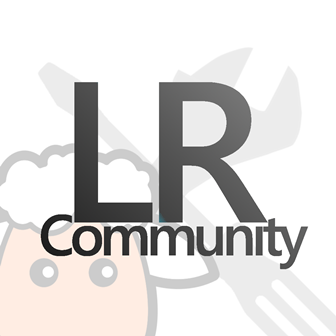

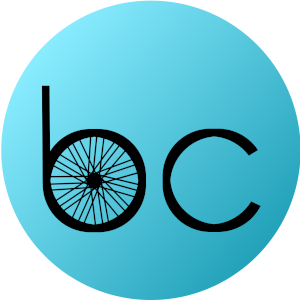


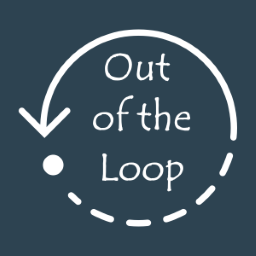

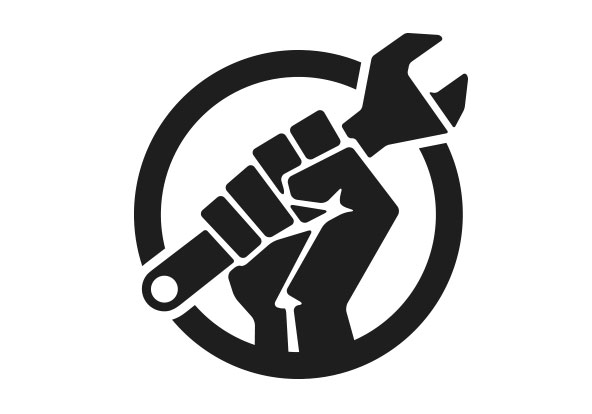














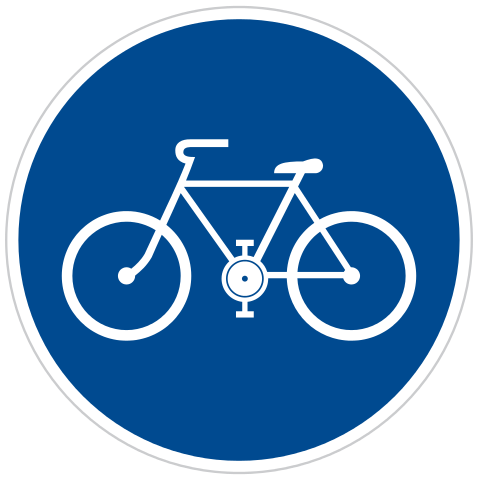
Free google play credit, I usually get an email every year for it
But I do pay for Plex, despite Jellyfin being a thing. If I like something and it’s worth it to me personally, why not 🤷♂️… but you will never find me defending their kinda crappy decisions like the new Discover feature, removal of “All Songs” from the plex apps in favor of moving people to Plexamp, removing the Gallery sync a few years ago etc.
Some people want their software to be 100% FOSS all-eyes-on-the-codebase, others just do a balancing act based on their personal values.
I value my software to be “transparent enough” in how it operates, “just work”, and hackable to some extent - if I really wanted to I can swap out the ffmpeg binary that Plex uses for transcoding to something else (doesn’t remove the Plex Pass limitation for those curious), I can hook into the server API to change ambient lighting colour based on the cover/background of whatever media is playing, I can create speakers running a Linux board to cast Plex media to, etc. But once that hackable ship sails, then I will look to FOSS alternatives.
For Niagara, everything “just worked”. No noticeable bugs, fast search, consistent feel and design, useful contextual info (e.g. next calendar event shows under the clock), and gestures that made sense for its overall UX. Using it felt less like you were using a “launcher”. The yearly sub was cheap enough that I wouldn’t mind covering for it if I didn’t get credits, and having a single person working on software usually comes with a high level of attention to detail (particularly in performance and UX) but it does have the downside that the experience may be more opinionated and closed compared to if it was a community-driven FOSS project instead IMO.
Alas, google didn’t send credits this year, Niagara made less sense for value/worth-it compared to Kvaesitso, so I abandoned it.
For me, Kvaesitso does everything in a slightly different, much more customizable way, and being FOSS was one of the things that made it particularly attractive as a replacement